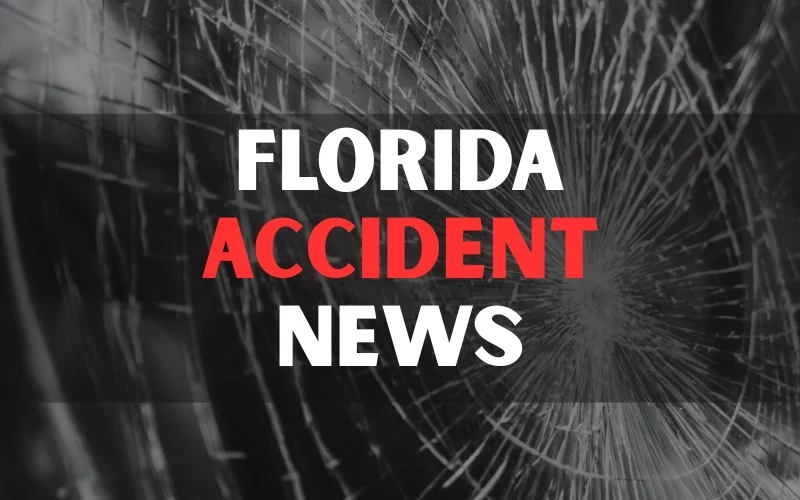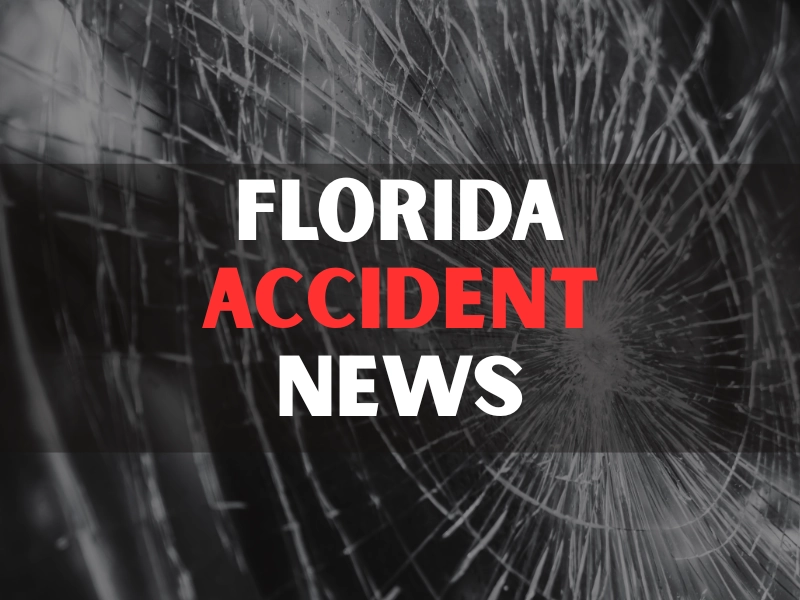Clearwater, FL — Injuries Reported After American Airlines Turbulence: Can Passengers Sue?
25Jun
Clearwater, FL (June 24th, 2025) – An American Airlines flight out of Miami International Airport encountered unexpected severe turbulence that resulted in injuries for multiple crew members and passengers. Despite U.S. Federal Aviation Administration (FAA) regulations and updated aircraft design, unexpected incidents continue to pose serious risks in-flight.

Each year, dozens of passengers and crew members are injured in U.S. airspace, often due to turbulence, falling objects, or avoidable hazards inside the cabin. When these injuries occur, passengers are often left with mounting medical bills, missed work, and few clear answers. If you’ve been hurt during a flight, contact our personal injury lawyers at Light & Wyatt Law Group to discuss your rights, and take steps to pursue compensation for your injuries.
Table of Contents
Common In-Flight Injury Scenarios
Injuries during air travel can happen fast, and often without warning. While turbulence is one of the most talked-about risks, it’s not the only one. In-flight injury claims often stem from a combination of human error, equipment failure, and unpredictable environmental factors. The most common injury scenarios include:
Turbulence-Related Falls
When the seatbelt sign is off, passengers get up to use the restroom or stretch their legs. But if turbulence hits unexpectedly, passengers can be thrown into walls, overhead bins, or other people.
Turbulence is the leading cause of nonfatal airline accidents involving passengers. In 2023 alone, more than 130 turbulence-related injuries were reported in the U.S., and that number is likely underreported.
In this recent incident, flyers described feeling a sudden drop. One likened it to riding a roller coaster, while another compared it to hitting something midair before plummeting. Even with the seatbelt sign illuminated during the unexpected turbulence, three flight attendants were injured, one with a broken arm, another by hot beverages, and one passenger briefly lost consciousness.
Falling Luggage or Equipment
Overhead bins don’t always latch securely. When compartments pop open during takeoff, landing, or turbulence, heavy bags and equipment can fall and cause serious injuries, including:
- Concussions
- Facial fractures
- Spinal injuries
- Lacerations requiring stitches
In some cases, improper stowing by airline crew may contribute to the hazard.
Hot Beverage Spills
Flight attendants often serve scalding coffee, tea, or soup in cramped quarters. One misplaced elbow or unexpected jolt can lead to severe burns. Burn injury claims involving in-flight food and drink service are surprisingly common, particularly on long-haul flights.
Food Allergic Reactions
Peanut and tree nut allergies are increasingly top-of-mind for travelers. If an airline serves a meal or snack containing an undeclared allergen, and a passenger suffers an allergic reaction, the situation can escalate fast, especially in an altitude-restricted environment without immediate access to emergency medical care.
Malfunctioning Seats and In-Cabin Equipment
Injuries can also stem from broken tray tables, jammed seats, or exposed metal parts. If a malfunction is known or should have been repaired, the airline may face liability similar to filing a premises liability claim against a property owner.
Who May Be Liable for In-Flight Injuries?
Multiple parties can be responsible for injuries that occur during a flight, depending on the situation. Potentially liable entities include:
Airline Liability and the Common Carrier Standard
Under U.S. law, airlines are classified as common carriers. As such, they owe a heightened duty of care to passengers. To this end, they must protect passengers from foreseeable harm, not just while boarding or disembarking, but throughout the entire flight.
If a flight attendant fails to respond promptly to an injury or acts negligently in a way that contributes to harm, the airline may be held accountable.
What About Foreign Airlines?
If the injury occurred on a foreign airline or during an international flight, your claim may fall under the Montreal Convention, an international treaty that sets the rules for passenger injury claims involving international travel.
The treaty simplifies some aspects of airline liability but also imposes strict limitations, including:
- A two-year deadline to file a claim
- Specific requirements about where a claim can be filed
- Liability limits unless willful misconduct can be proven
If you were injured on a flight operated by a foreign airline, a Florida personal injury attorney can help determine whether state, federal, or international law applies.
Proving Negligence in an Airline Injury Case
Airlines aren’t automatically liable just because a passenger gets hurt during a flight. Whether the case involves airline negligence, negligent security, or another preventable hazard, the injured passenger typically needs to prove that the airline, or another responsible party, did not take proper care or failed to take reasonable steps to prevent harm. Providing such proof may involve reviewing maintenance records, safety procedures, employee conduct, and internal reports filed after the incident.
Was the Injury Accidental?
A key factor in any airline injury claim is whether the injury qualifies as an accident. Legally, an accident in this context is defined as an unexpected or unusual event that is external to the passenger—something out of the ordinary that causes harm.
For example, if a seat collapses mid-flight or a cart tips during turbulence and strikes a passenger, those could be considered accidents. In contrast, injuries caused by normal in-flight conditions, like muscle aches from prolonged sitting, are less likely to qualify.
If the incident could have been avoided with proper precautions or maintenance, it strengthens the argument that the airline, or another party, was negligent.
Gathering Evidence from 30,000 Feet
Documenting what happened on a plane is harder than on the ground. Airlines may not be eager to hand over internal reports or crew statements. Flight attendants are trained to protect the airline’s interests, and they’ll usually document only what they deem necessary.
If you were injured mid-flight:
- Request a written report from the flight crew
- Take photos of the area, the object involved, or visible injuries
- Get contact info from witnesses
- Seek medical attention as soon as you land
This early documentation can make or break a case.
Florida-Specific Legal Considerations for In-Flight Injury Claims
You don’t necessarily need to sue in the city where the injury occurred, especially with flights that cross state or international lines. Florida courts may have jurisdiction if:
- The flight originated or landed in Florida
- You are a Florida resident
- The airline does business in Florida
A Clearwater attorney familiar with these jurisdictional nuances can help determine the proper venue for filing.
Comparative Negligence Laws in Florida
Florida follows a modified comparative negligence rule. If you’re found partially responsible for your injuries, such as by ignoring a seatbelt sign or storing luggage improperly, your damages may be reduced proportionally.
For example, if a jury finds you 30% responsible, your compensation will be reduced by 30%. However, if you’re more than 50% responsible, you may be barred from recovery altogether.
Holding Airlines Accountable for Preventable In-Flight Injuries
Whether you’re flying to visit family or heading home from vacation, an in-flight injury can derail your life in ways you didn’t expect. Further, while airlines may claim to put safety first, their legal teams are ready to fight any claim that threatens the bottom line.
If you were injured during a flight, domestic or international, Light & Wyatt Law Group is here to help. Our Clearwater personal injury attorneys understand the legal nuances that come with airline injury claims. We’ll work to hold the responsible parties accountable and pursue the maximum damages for your losses.Call us today at 727-499-9900 to schedule a free consultation.
